Using his trademark; physical theatre, director Hiroshi Koike's Mahabharata presents the Japanese interpretation of the Indian epic, which attempts to unite the Asian continent
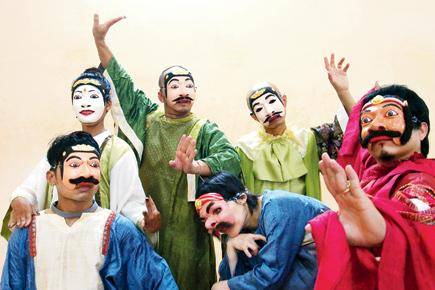
The cast of Mahabharata at a rehearsal
From BR Chopra's cult series Mahabharat (1988) on Doordarshan and Ekta Kapoor's Kahaani Hamaaray Mahaabhaarat Ki (2008) on Indian television, to Peter Brook's 1989 classic film, many have retold the epic story of Hindu mythological text, Mahabharata, in their own, unique styles. Now, there is yet another version which promises to be a completely different experience.
ADVERTISEMENT
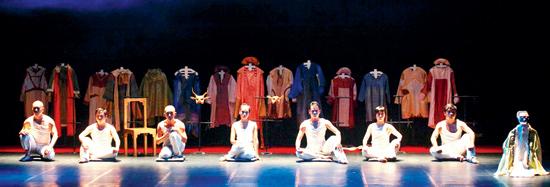
A scene from Hiroshi Koikes Mahabharata
Mahabharata will be the Japanese take on the Indian epic. Directed by Hiroshi Koike, also a choreographer, writer and President of the Performing Arts Institute in Tokyo, this adaptation is an international project spanning four years. It commenced in Cambodia in 2013 with Chapter-1, the project will be completed in four chapters, which will be produced from India, Japan and Malaysia in subsequent years.
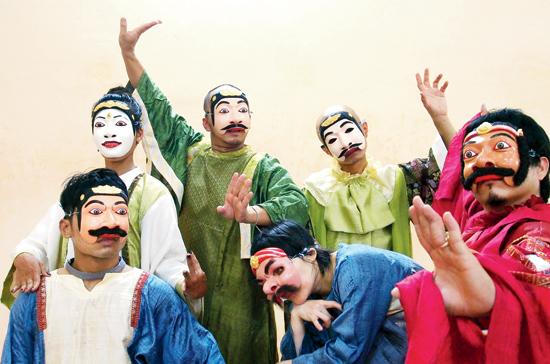
A scene from Hiroshi Koikes Mahabharata
The first chapter, which was produced in Cambodia and Vietnam, dealt with the history of the war. The current chapter will deal with the war itself. It begins with the game of dice, one of the most important and impactful events in the story, which is the precedent to the epic battle.
Human take
“The creator of the Mahabharata considered the vast complexity of the human condition and gave it the platform it was due. It is the beginning and the end of history. That is what fascinated me the most,” says Koike. “I knew of the Mahabharata since over 20 years. However, I started research on this subject just four years ago. I read Mahabharata books and saw a few productions, puppet and shadow plays. I didn't want to make it like the original as I cannot replicate the long epic in a 90-minute piece,” he adds.
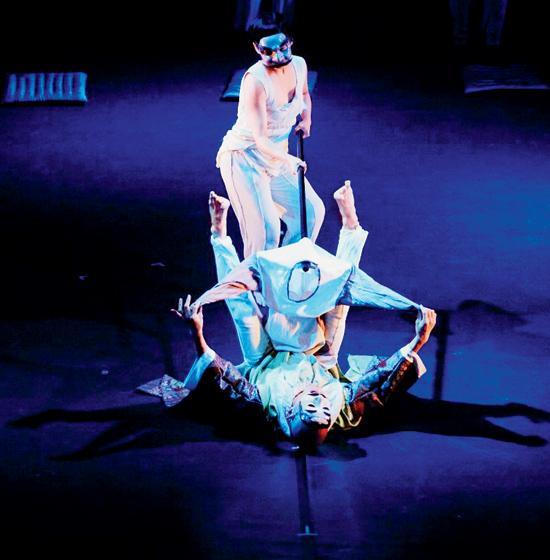
A scene from Koike's Mahabharata
While the story remains the same, Koike uses physical theatre, which combines elements of body language, music, dance, visual art as well as theatre. He uses strong, precise physical movements. The choreography is a blend of influences of ballet and Balinese dance, the acrobatics of Kalaripayattu and the mudras of Bharatanatayam. Koike wanted the costumes and other props to be a mixture of the contemporary and the past, and then move to the future. He created these after consulting an Indian designer.
Bridging Asia
Indian, Japanese, Malaysian, Thai, Indonesian and Cambodian artists are a part of this production. There is a lot of harmonisation and mixing of cultures: “The highlight is that the Mahabharata Bridge Project has been initiated in Japan, and they have involved performers from other countries and cultures to bring their inputs to an Indian epic. It is this kind of spontaneous collaboration that is so exciting,” feels Deepa Gehlot, Head — Programming (Theatre and Film), the National Centre for the Performing Arts. Eight artists onstage perform the 90-minute act. The crew includes teachers, filmmakers and martial arts experts.
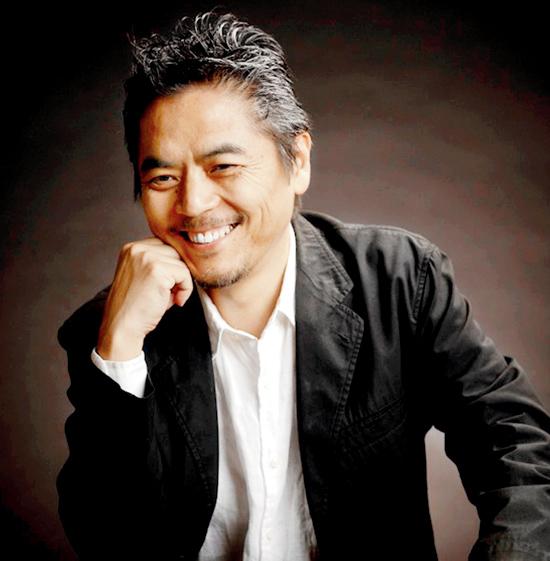
Hiroshi Koike, director, Mahabharata
“Fifty percent of the audience may even dislike my version. My style is different — not only from the Indian version but also from any other kind of the performing arts. However, the other half of the audience might enjoy it. The challenge is showing the whole story without using many words,” admits Koike, in between the rehearsals. “Indians should warm up to it. But if they don't and have good reasons not to, that would be a learning experience for the rest of the Bridge Project,” concludes Gehlot.
On: January 14, 5.30pm
At: Experimental Theatre, NCPA, Nariman Point.
Call: 66223737
 Subscribe today by clicking the link and stay updated with the latest news!" Click here!
Subscribe today by clicking the link and stay updated with the latest news!" Click here!






